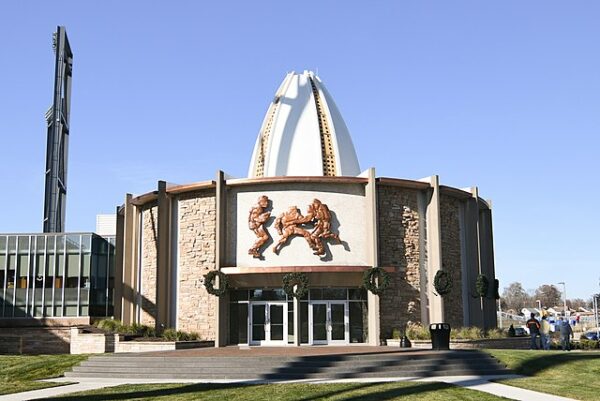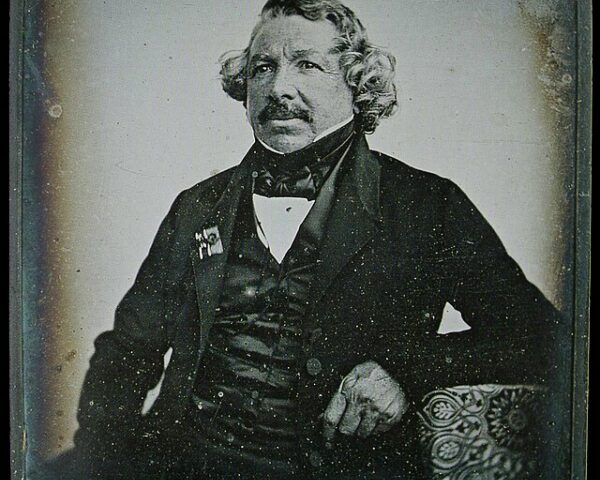The Pro Football Hall of Fame, located in Canton, Ohio, is a monumental tribute to the heroes of professional football. Since opening its doors on September 7, 1963, it has celebrated the game’s greatest players, coaches, and contributors, ensuring their legacies endure for generations. More than just a museum, the Hall of Fame embodies the values, struggles, and triumphs that have shaped professional football into what it is today.
Canton’s selection as the site for the Hall of Fame is deeply rooted in its significant role in the birth of professional football. In 1920, a historic meeting took place at the Hupmobile showroom of Ralph Hay, the owner of the Canton Bulldogs. This gathering, attended by representatives from several teams, led to the formation of the American Professional Football Association, which would later become the National Football League (NFL). The Canton Bulldogs themselves were a dominant force in the early days of the NFL, securing back-to-back championships in 1922 and 1923. Canton’s contribution to the sport’s inception and its early success made it the ideal location to house a shrine dedicated to football’s most influential figures.
The concept of a Pro Football Hall of Fame began to take shape in the 1950s, fueled by local leaders who recognized Canton’s unique place in football history. These advocates, passionate about preserving the city’s legacy, envisioned a place where the stories of the game’s pioneers could be told. The Canton Repository, the city’s newspaper, played a pivotal role in this movement, galvanizing public and financial support for the project. Through persistent lobbying and a shared vision of honoring football’s greatest, these efforts culminated in the NFL granting Canton the right to build the Hall of Fame in 1961.
Following the NFL’s decision, plans for the Hall of Fame quickly moved forward. The initial design was modest, reflecting the limited resources available at the time. The original facility, comprising just two rooms, was constructed with the intent of honoring a select group of individuals whose contributions to the game were unparalleled. On September 7, 1963, the Pro Football Hall of Fame was officially opened, marking the beginning of what would become an iconic institution. Despite its humble beginnings, the Hall of Fame’s opening was a grand affair, attracting notable figures including NFL Commissioner Pete Rozelle and drawing widespread media attention.
The Hall of Fame’s first enshrinement ceremony honored 19 individuals who had left an indelible mark on professional football. This inaugural class included some of the most legendary figures in the sport’s history. Among them were Sammy Baugh, a quarterback whose innovative passing game revolutionized the sport; George Halas, a founding member of the NFL and a long-time coach and owner of the Chicago Bears; and Bronko Nagurski, a formidable fullback known for his powerful running and punishing style of play. The ceremony set the tone for future inductions, establishing the Hall of Fame as the ultimate recognition of excellence in professional football.
The Hall of Fame quickly outgrew its original structure, prompting the first of many expansions in 1971. This expansion was necessary to accommodate the growing number of enshrinees and the increasing interest from the public. As the years passed, the Hall continued to evolve, with significant expansions in the 1990s and 2000s further enlarging the facility. These developments allowed for the inclusion of more comprehensive exhibits, interactive displays, and a broader array of memorabilia, enhancing the visitor experience and solidifying the Hall’s status as a world-class sports museum.
The Pro Football Hall of Fame is home to an extensive collection of artifacts that chronicle the history and evolution of professional football. Each exhibit is meticulously curated to tell a specific aspect of the game’s story, from its early days to the modern era. Visitors can explore a wide range of displays, including those dedicated to the game’s pioneers, the evolution of equipment, and the growth of the NFL. Interactive exhibits allow visitors to immerse themselves in the sport, while multimedia presentations provide a dynamic look at the game’s greatest moments. Among the most treasured artifacts are the jerseys, helmets, and game balls from historic matches, each with its own unique story to tell.
Enshrinement in the Pro Football Hall of Fame is the highest honor a player, coach, or contributor can receive in the sport. The selection process is rigorous, overseen by a committee of sportswriters, former players, and executives who evaluate candidates based on their impact on the game. The criteria for selection are stringent, ensuring that only those who have made extraordinary contributions to professional football are inducted. Over the years, the Hall has enshrined over 300 individuals, each with a unique legacy. Notable inductees include Vince Lombardi, whose name is synonymous with NFL excellence, and Joe Montana, widely regarded as one of the greatest quarterbacks in history.
While the Hall of Fame is best known for honoring individual achievements, its mission extends far beyond that. The Hall serves as a storyteller, chronicling the history of the NFL and its impact on American culture. Through its exhibits and educational programs, the Hall of Fame educates visitors about the game’s roots, its evolution, and its place in society. The institution also plays a crucial role in preserving the history of the sport, ensuring that future generations can learn about the game’s past and appreciate its ongoing legacy.






